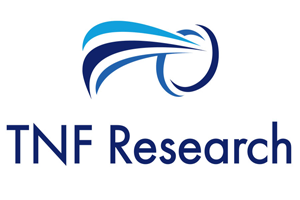WHAT IS B2B RESEARCH?
If the B2C study is focused on assessing the consumer behavior of individual customers, the B2B study is conducted on a wider scale. When conducting a B2B survey, the researcher aims to conduct an overall review, to explore the potential needs of a particular product or service market. Target respondents of the study are aimed at all those who are able to influence the business of products and services of the business. These can be experts with in-depth knowledge of the field (KOLs), or potential competitors or big players in the industry, or General Trade or Modern Trade business distribution systems, and ultimately consumers, including business and end-users.
B2B RESEARCH HELPS ENTERPRISES TO RESPONSE QUESTIONS:
- Market overview: Size (value and volume) and market share, Import and export situation, Market segment, Industry growth over years and forecasts, Market trends, prospects ( price, product, consumption, region, etc.), SWOT analysis (Advantages and disadvantages, opportunities for threats), etc.
- Industry competitors: product portfolio, revenue, growth, strengths / weaknesses, sales policies, selling prices, technology, factories, target customers, business areas
- Distribution system: distribution channel, rate, sales area, supplier policy, price sensitivity, quality of customer service, etc.
- Consumer needs and behaviors of B2B and B2C customers: current / potential / potential demand, buying behavior (frequency, quantity, price), identification, use of product reviews, Search channels and selection when buying, important factors when choosing to buy, recommendations necessary for manufacturers.
METHODOLOGIES USED
- Desk research: secondary data from close partners. Purchasing reports, data relevant import and export, consumption, production data, company financial report, industry reports
- In-depth interview with experts (KOLs), competitors, distributors, dealers, retailers, B2B users.
- Mystery shopper (assessment of business service quality).
- Research combining quantitatively and qualitatively, B2B and B2C consumers



